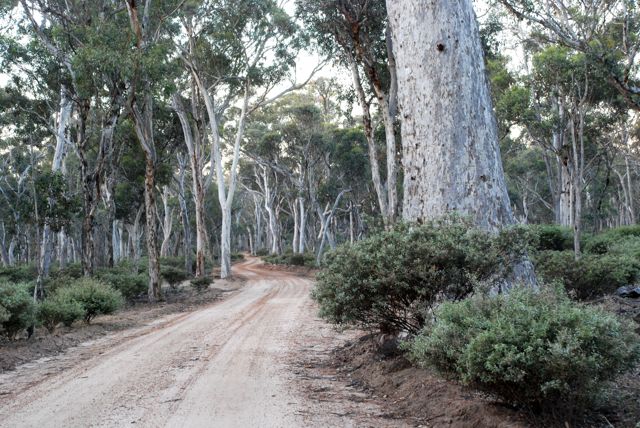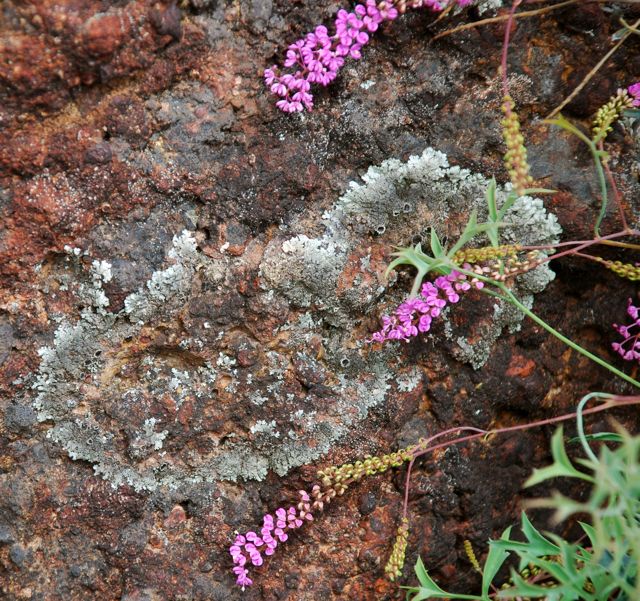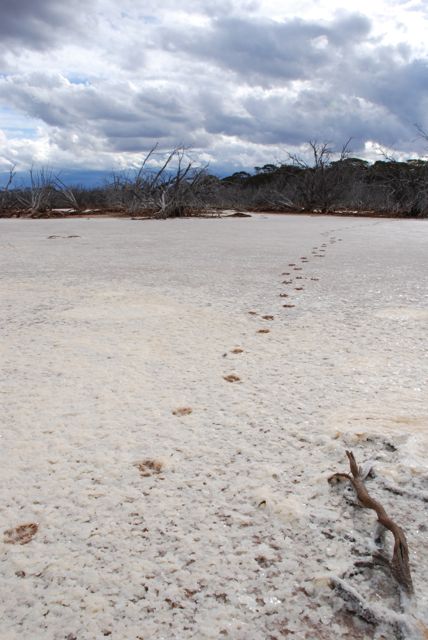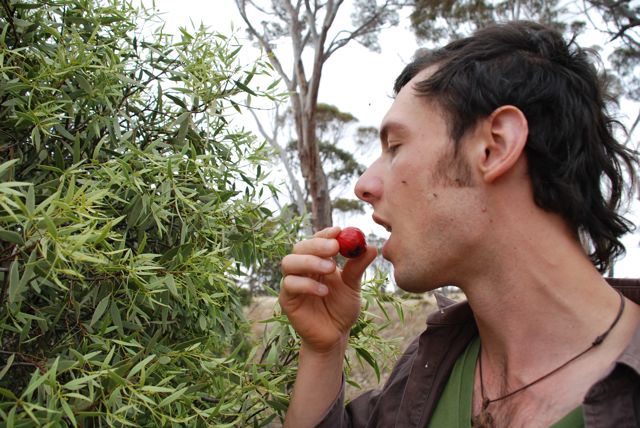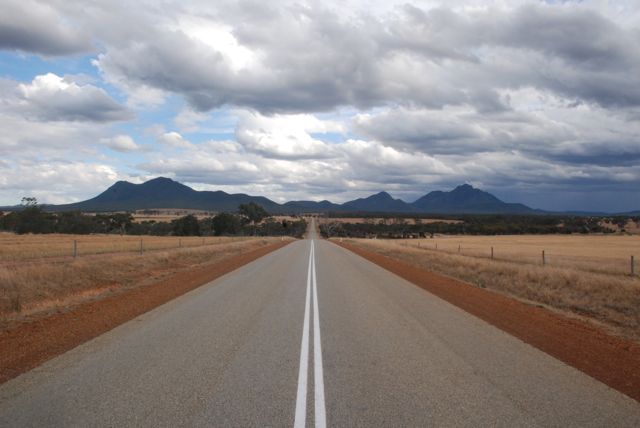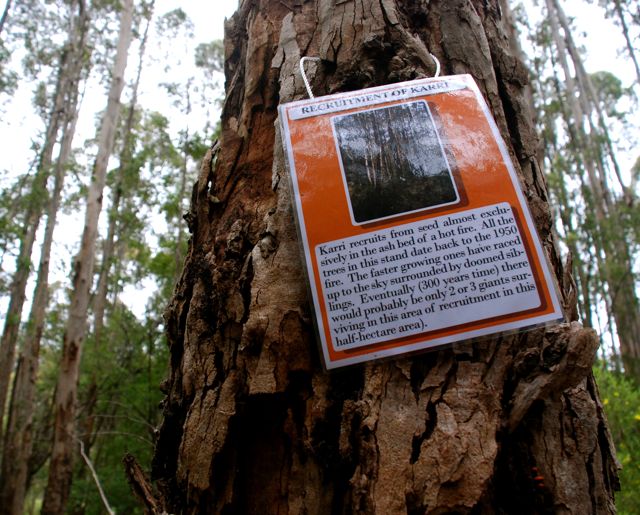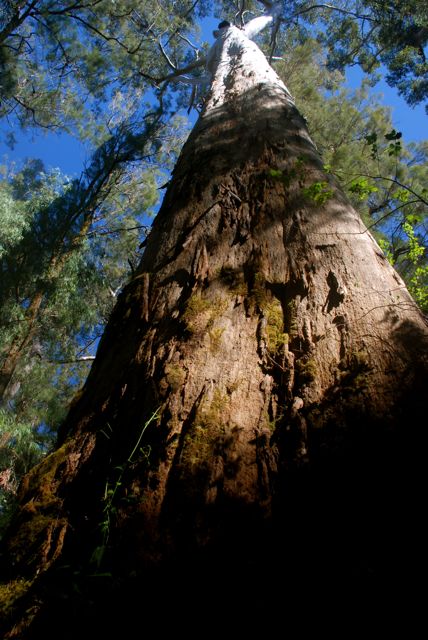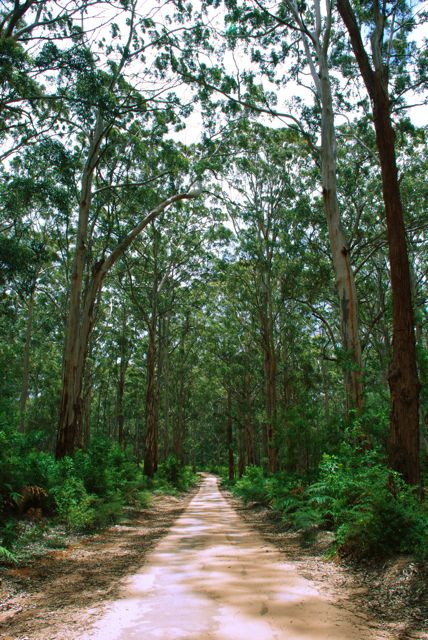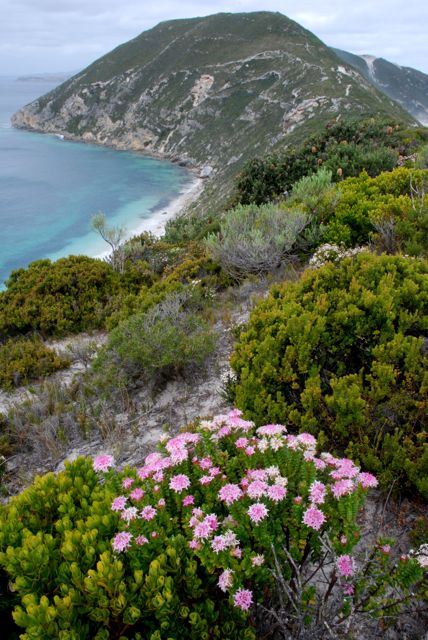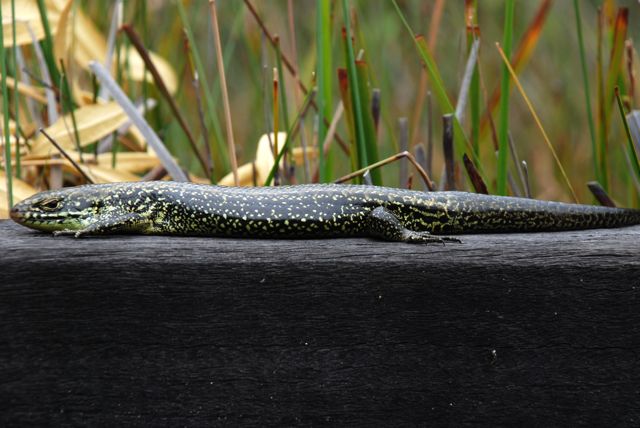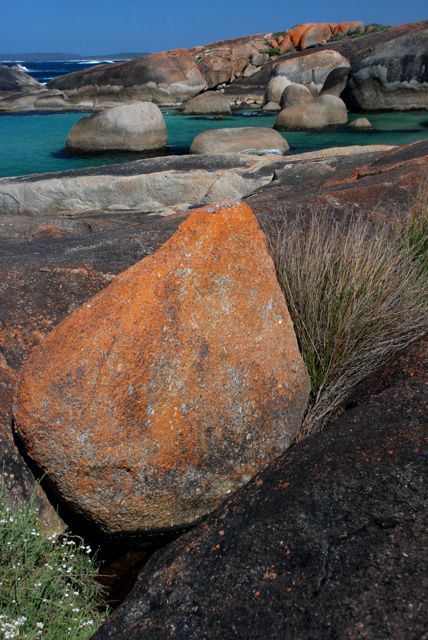 For the past two weeks I have been wandering around the south-west of Australia searching for moments of wildness, beauty and simplicity. I found them.
For the past two weeks I have been wandering around the south-west of Australia searching for moments of wildness, beauty and simplicity. I found them.
Sitting by the fire with the firelight glowing on the lower trunk of an old leaning peppermint above, with my book on my lap, and the entrance to my mia-shaped tent at my back, no phone or email or facebook in the vicinity, not to mention no street full of people, no hard walls, no town around… this has been my life recently. Checking facebook and emails in Margaret River the other day I scanned through, realizing how much scatter and trivia fills my days via these channels. I agree with Scott Russell Sanders, ‘the opposite of simplicity is not complexity, but scatter, clutter, weight’. While in Margaret River the other day I also visited a friend’s place, and walking into her admittedly very new and tasteful house felt odd. Walls were there and there was the comfort of sofas and the ease of showers and cook tops in the area. But it all felt too tame, too insulated, too much like life away from the white-chested wrens and the peppermint blossom on the ground and the flames of the fire at night and the DEC picnique benches standing square for another one-pot dinner. I like camping. I like the feeling of being in the midst of the wilderness with my capacious dome tent. I don’t pay rent to a land lord, I don’t see the same scene every day I wake up. I am self-sufficient, lord of my own manor. I am nomadic and mobile. I feel my buka on my check when I curl up for deep rest after dark. Bird and tree and weather surround me. The movements of the sun determine my waking hours. At night when I feel tired I am bone tired and fall out of consciousness without query or qualms. Quenda dig holes near me as I sleep. Being in these wooded, wind-brushed, bird-loud places, I elect to experience Australia, not globalized, rented, tarmaced routine.
My first night in the bush was in Dryanda. This is the largest fragment of what much of the western side of the WA wheatbelt used to be like. The wandoo woodland is open and easy to walk through. We stopped earlier in the day and it was good to be in this open and dry woodland among the white colums under the blue sky, with tiny delicate white flowers that looked like stars in clusters on the ground. That night I experience quiet with Bush Stone Curlews sometimes sending a haunting and delicate cry out from the sclerophyllous black, and brush tail possums scrabbling on the bark of wandoos near the camp site. The Bush Stone Curlew has been driven out of most of the western wheatbelt through habitat loss and predation by foxes. The sound I was hearing came from an earlier, wilder Australia. Although I’ve never seen it I know from books that it is a tall, large-eyed, phantom-looking bird which feeds at night. Believe me, its call sounds nothing like any other bird call you’ve ever heard, and is a signature note of darkness that should be widely known as such on this part of the planet.
Traveling through the rolling wheatbelt you watch dry, weedy road verges giving onto kilometre after kilometre of wheat and sheep fields with the coral-like foliage of york gums stretching up like lone survivors of an earlier Australia here and there. Sometimes you pass ugly 1960s brick and tile suburban houses with depressing little rose gardens out the front sitting incongruously at the centre of these many-thousand-acre properties. Always flies buzzing around one’s lips and eyes if one stops and leaves the car interior. Sometimes lone mesas standing on hills, with laterite capping breaking away into tumbling iron stone down their sides, with delicate grevillea flowers, like the ones above, fanning their petals against the lichen splotched sides of the rocks. Old railway carriages standing useless on the Perth to Albany line at occasional sidings. Large Victorian balconies on the hotels in depopulated towns like Wagin and Katanning. Most of all hundreds of kilometres of tarmac winding through hundreds of kilometres of fields, denuded of nature.
When salt is whipped up off the Indian Ocean by ocean winds it is eventually carried in clouds over this part of the world, falling in the rain and accumulating in the soil over millions of years. In the past the trees sucked up all the water, but now most of the trees have been cut down the water table rises, washes into valleys and depressions and brings the toxic salt to the surface. This deathly scene, rarely observed by city folk in Perth, combines the footprints of a highly destructive feral fox with the landscape footprint of highly destructive farmers. Stormy tidings from the West.
But not all hope was lost. At one point we stop and harvest some quandongs from a couple of healthy bushes, with lambent red balls glowing like Christmas decorations amongst the leaves.
Some people think quandongs are better used to make jam than eaten raw. I personally love these fruits which taste like young apricots with a hint of lemon in them. Tasting their flesh connects me with thousands of generations of earlier Australians.
Later in the journey the mountains suddenly rear up. The road shoots at them like a runway. The mountains, clothed in vegetation, sit like a solid mystery in our sites. Eventually after hundreds and hundreds of kilometers of smashed natural heritage, we enter the Stirling Range National Park. Suddenly all around is kwongan. It is a dramatic transition. Tout d’un coupe, Australia remembers who it is.
The wild lands envelop us, and we pass along the road, deeper into the park. The land we have left, looking back, now seems like an amnesia patient who has forgotten its identity. Inside the boundaries of the park the vivid living reality of a unique part of planet earth abides. We camp that night at the national park camping ground. The next day rain falls in solid bursts. We travel down the centre of the park, and stopping to take a photo of one plant’s flowers brings one face to face with an exciting host of species of plant jostling in the kwongan. Srange patterned leaves of one member of the lily family brush shoulders with a elongated red flower petals that look like miniture fog horns. And then when you look up the colourful kwongan rolls away and down into a valley above which on the other side rise the granite crenellations on a far-away peak. It is an exhilarating place to be: amongst mountains that look like they are the real thing, at least to somebody from this flat part of the world, and amongst plants that look like they come from another planet.
Later in the trip I visited the land of John Pate, former professor of botany at the University of Western Australia, now residing on a 60 hectare property on Mt. Shadforth by the town of Denmark. John had organized an open garden event at his place, and this included opening the karri forest he owns to visitors. This old fella has created an extensive network of trails through the forest, by hand, up granite outcrops and through wetlands. Walking it I read some of the interpretive cards he’d written and placed along the trail for the day. This one caught my attention…
Later in the trip I walked through the giant karri trees of the Warren National Park and looked up at the victors of the struggle to eat photons. This one is the height of a fifteen story building. Remembering John Pate’s card, I noted that its siblings have long since passed into oblivion.
Later still in the trip I spent some time in the Boronup karri forest south of Margaret River. This forest was logged around a hundred years ago and all the trees are rising up together, racing to get to the light, shoulder to shoulder.
If governments don’t stop global warming from going much further there will be decreased rainfall in south-western Australia, and among other things this means that this tall forest drama will not continue, and there will not be any eventually victorious karri giants for our grand children to look up at. With less water the karri trees will grow smaller and branch lower down their trunks.
It has been a good trip. I return to my opening themes of beauty, simplicity and wildness. You can see some of the photos I’ve taken on the trip by clicking on the ‘gallery’ sidebar on this website. Therein is suggested some of the beauty I’ve experienced.
What of simplicity? I counsel you to avoid caravan parks. Prince Siddhartha did not journey through the countryside with an extra-large Cougar-model portable home. Francis of Assisi did not start up a Yamaha generator at sundown each evening. Ghandi did not motor around India in a V8 four-wheel drive. Simplify, simplify, simplify. And if you see a ‘no-caravans’ sign at the entrance to a campsite, advance with confidence.
